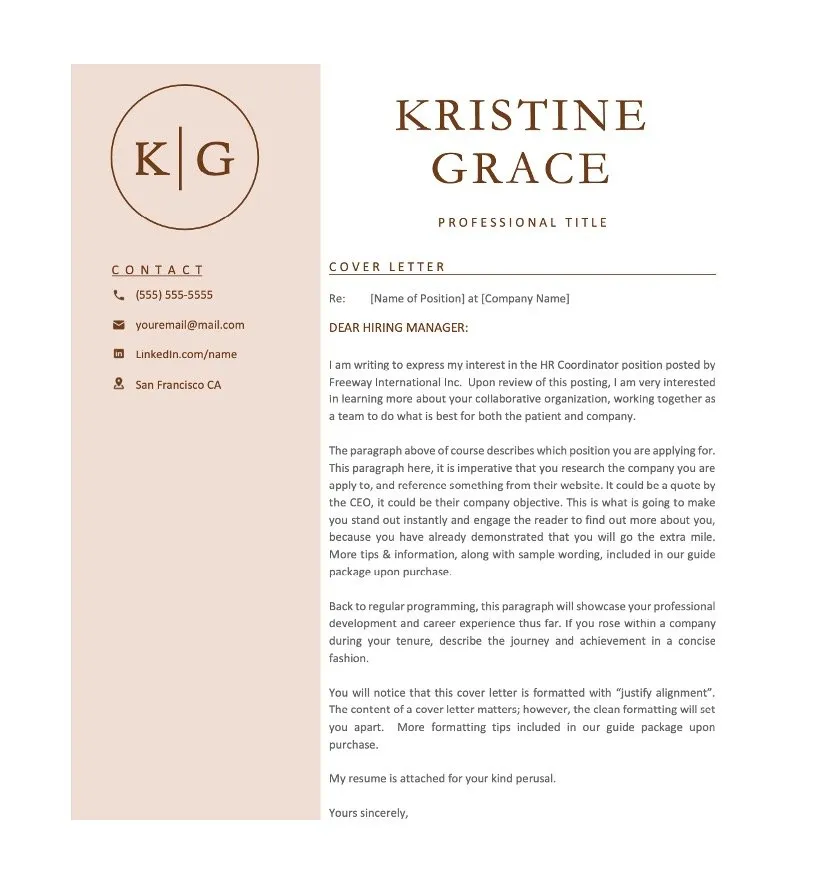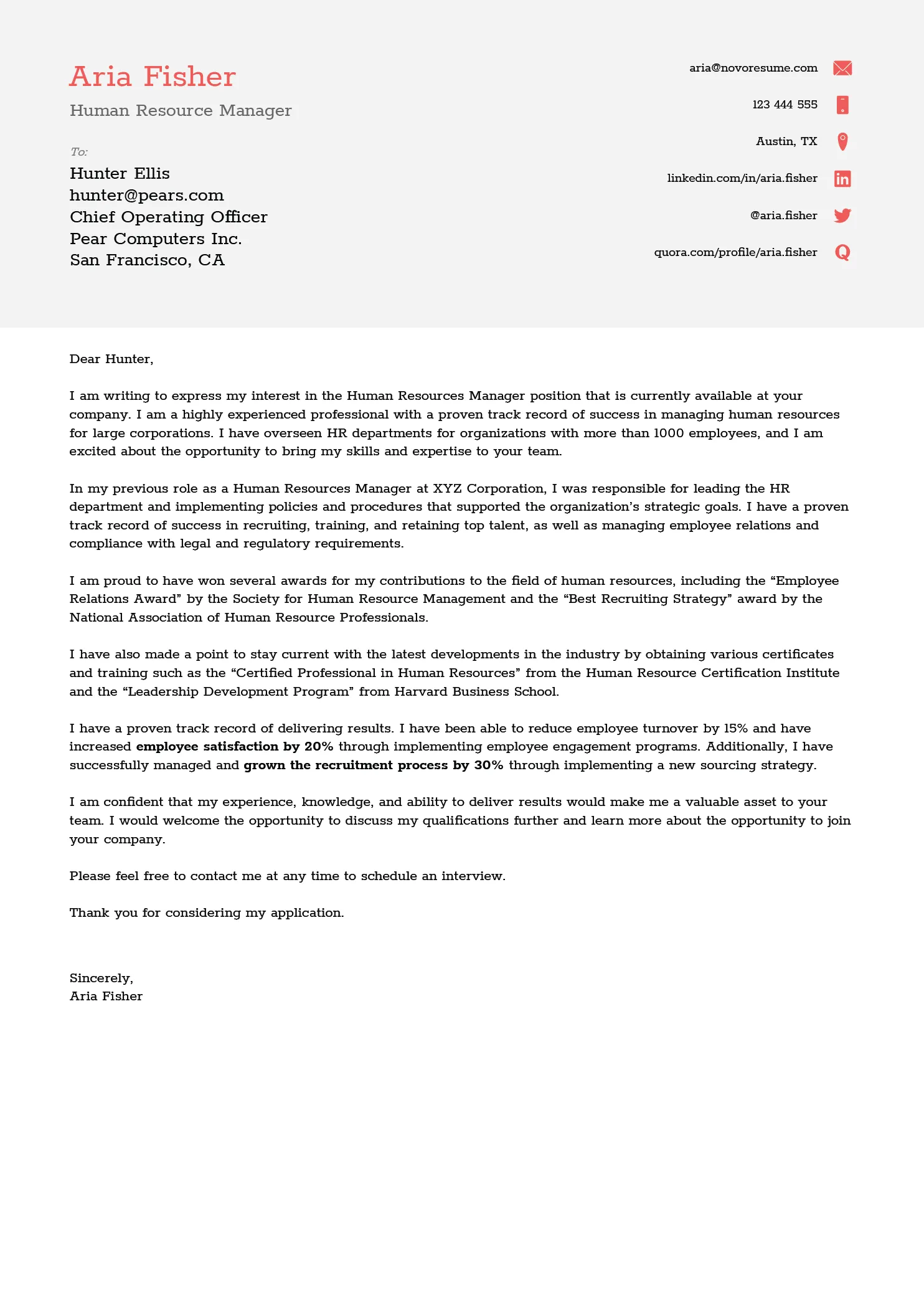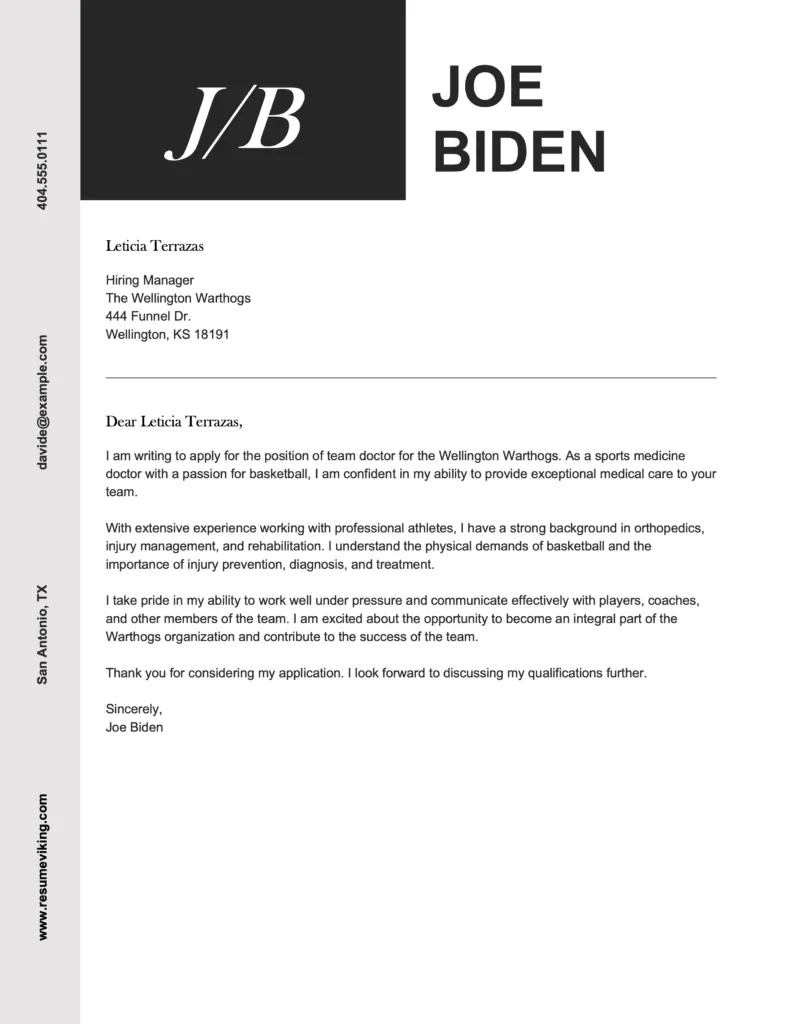Why a Cover Letter is Essential
In the competitive world of job applications, a well-crafted cover letter can be your secret weapon. It’s your chance to make a strong first impression and provide the context that a resume alone often lacks. A cover letter allows you to go beyond listing your skills and experiences; it’s where you can demonstrate your personality, enthusiasm, and understanding of the role and the company. Many hiring managers consider a cover letter a crucial part of the application process. It shows you’ve taken the time to personalize your application, which can significantly increase your chances of landing an interview. It allows you to connect your qualifications to the specific requirements of the job. This personalized approach shows that you’re serious about the position and have done your homework.
Crafting a Compelling Opening
The opening paragraph of your cover letter is arguably the most important. It needs to immediately grab the reader’s attention and make them want to continue reading. Avoid generic openings like, ‘I am writing to express my interest in…’ Instead, try to personalize your introduction. If you were referred by someone, mention their name. If you’re responding to a specific job posting, reference the job title and where you saw the ad. Clearly state the position you’re applying for. Make sure your opening paragraph conveys your enthusiasm for the role and the company. This enthusiasm can be infectious and can set the tone for the rest of your letter. Remember, the first few lines are your opportunity to make a memorable first impression. By focusing on what you can bring to the company, you set yourself apart.
Highlighting Your Skills and Experience

The body of your cover letter is where you showcase your skills and experience. Don’t just rehash your resume; instead, expand on your qualifications and provide specific examples that demonstrate your abilities. Focus on the skills and experiences most relevant to the job description. Use the job posting as a guide and tailor your letter to address the key requirements. Quantify your accomplishments whenever possible. Instead of saying ‘managed projects,’ say ‘managed projects, resulting in a 15% increase in efficiency.’ Providing concrete examples makes your claims more credible and impactful. Moreover, highlight soft skills such as communication, teamwork, and problem-solving, showcasing how you have applied these skills in your previous roles. By providing specific examples, you paint a clear picture of your qualifications and how they align with the needs of the employer. This targeted approach will make your application more compelling.
Tailoring Your Letter to the Job
One of the biggest mistakes applicants make is sending generic cover letters. Every cover letter should be tailored to the specific job you’re applying for. This shows that you’ve taken the time to research the company and understand the role. Carefully read the job description and identify the key requirements. Then, highlight the skills and experiences that align with these requirements. Explain how your qualifications make you a strong fit for the position. This demonstrates that you are serious about the role and have the relevant skills. Make sure your cover letter reflects the company’s values and culture. If the company emphasizes innovation, mention your experience with innovative projects. The more you personalize your cover letter, the more likely it is to resonate with the hiring manager.
Formatting and Style Tips for a Cover Letter
The appearance of your cover letter matters. Use a professional font like Arial, Calibri, or Times New Roman. Keep the font size between 10 and 12 points. Use single spacing and a standard one-inch margin on all sides. Divide your letter into clear paragraphs and use headings or bullet points to break up large blocks of text. A well-formatted letter is easy to read and demonstrates attention to detail. Keep your cover letter concise, ideally no more than one page. Avoid jargon and overly complex language. Use active voice and strong verbs to make your writing more dynamic and engaging. Be professional in your tone and avoid using slang or casual language. Make sure your contact information, including your phone number and email address, is easily accessible. A professional format makes a strong impression.
Dos and Don’ts of Cover Letter Writing

There are several dos and don’ts to keep in mind when writing a cover letter. Do research the company and the role. Do tailor your letter to each job application. Do proofread carefully for any errors. Do highlight your relevant skills and experience. Do keep your letter concise and focused. Don’t use generic templates without customization. Don’t include irrelevant information. Don’t exceed one page in length. Don’t use overly casual language or slang. Don’t forget to proofread before sending. Following these guidelines will significantly increase the effectiveness of your cover letters. Avoid common pitfalls by paying close attention to detail and presenting yourself in a professional manner. A well-written cover letter can set you apart.
Proofreading and Editing Your Cover Letter
Proofreading and editing are critical steps in the cover letter writing process. Errors can undermine your credibility and diminish your chances of getting the job. Carefully review your cover letter for any grammatical errors, typos, or spelling mistakes. Read your letter aloud to catch any awkward phrasing or unclear sentences. Ask a friend, family member, or career counselor to review your letter. A fresh pair of eyes can often spot errors that you might have missed. Make sure your contact information is accurate and up-to-date. After you finish, use grammar and spell-check tools. The importance of proofreading and editing cannot be overstated. It ensures that your cover letter is polished, professional, and error-free, which significantly improves your chances of getting an interview.
How to Write a Cover Letter to Get the Job
In conclusion, writing a job cover letter is a crucial step in the application process. By following these guidelines, you can create a compelling cover letter that grabs the reader’s attention, showcases your skills and experience, and increases your chances of landing an interview. Remember to tailor your letter to each job, proofread carefully, and highlight what makes you the best candidate for the position. Use clear and concise language. Focus on your achievements and how you can contribute to the company’s success. With the right approach, a cover letter can be a powerful tool in your job search. By investing time and effort into crafting a strong cover letter, you can set yourself apart from other applicants and take the next step toward your career goals.
